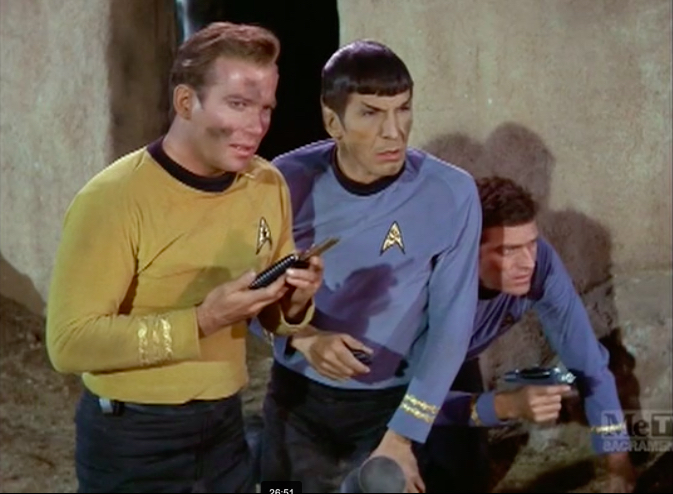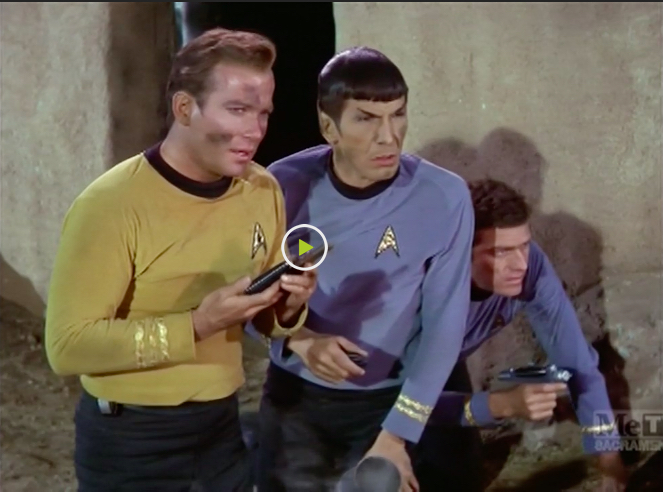I just got my QUAD a few days ago. I’m looking to replace my MythTV system that I’ve been running in one form or another for about 15 years.
Currently that consists of a couple of HDHomerun Extends (the ones that transcode to h264) hooked into a small server that runs the backend. For frontends we have Kodi running on a couple of Nvidia Shields and an XBox. That set-up works great, but I was looking for something more consumer-grade that Just Works, and the QUAD looked like it would fit the bill.
Now that I have it up and running, I really like the Tablo app. But there are a couple of things that bother me. First is the limitation of 24 hours of guide data in the grid. Over time that’s something I could get used to. And anyway it looks like they are expanding it to show the full 14 days starting with Roku clients.
What might be the deal-breaker for me, though, is the picture quality of interlaced channels.
I have my HDHomeruns set to use their “heavy” transcode profile: transcode to AVC with the same resolution, frame-rate, and interlacing as the original stream. For example 1080i60 -> AVC 1080i60, 720p60 -> AVC 720p60. So all the deinterlacing is done on the client side, and the resulting picture quality is great.
The Tablo is configured to use the “HD 1080 - 10Mbps, 720@60fps” quality setting for both live TV and recordings. But unlike the HDHomerun, the Tablo does the deinterlacing at the time of transcoding, and appears to use a simple line-doubling. To me, the result looks horrible on a big screen. I guess some people don’t notice it or care, but it drives me nuts. I notice it mostly on small text and line graphics which get all jaggy, but the overall picture is a little soft, too.
I had read reviews before buying and knew that some people were not happy with the picture quality. Now I understand, and I’m part of that group.
So I’m left with a dilemma. Do I return/sell this thing and keep using MythTV, or hold out for the addition of a transcoding profile that doesn’t do any deinterlacing?
I saw a thread requesting that feature back in 2014, so I don’t really hold out much hope. I understand that they are having to cater to the lowest common denominator in a sense - some clients can’t handle interlaced content but all can handle progressive. But I’d like to have the option. It would be similar to the surround sound option. Not all clients support it, but at least we’re given the option of enabling it.
I figure I’ll add a feature request for this. But is it known whether such a thing is already on the roadmap?
 knowing the possibility exist if they… [fill in the blank]
knowing the possibility exist if they… [fill in the blank]
